CCTV News: As the Spring Festival approaches, online and offline New Year’s goods consumption continues to heat up. Since the launch of the "2025 Online New Year's Goods Festival" jointly organized by the Ministry of Commerce and other departments nationwide, various local and e-commerce platforms have held supporting activities with their own characteristics around consumption hotspots such as catering, shopping, entertainment and tourism during the Spring Festival.
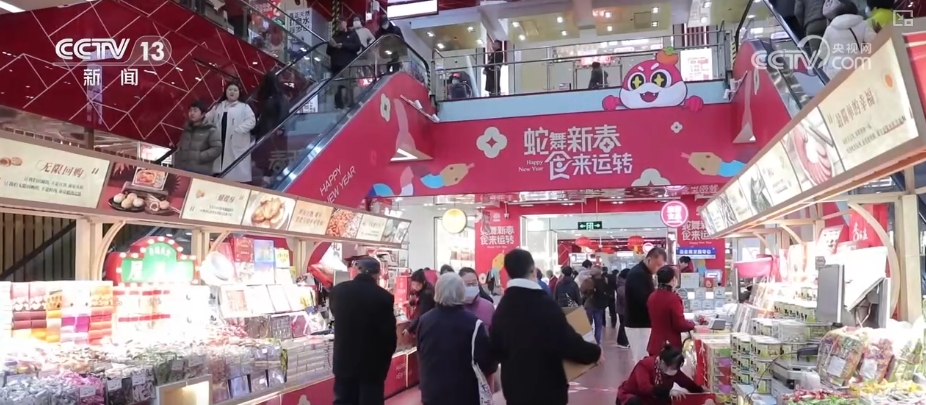
During the 2025 Online New Year's Goods Festival, major e-commerce companies and brand companies in Shanghai have carried out various forms of consumption promotion activities to activate the Spring Festival consumption market.
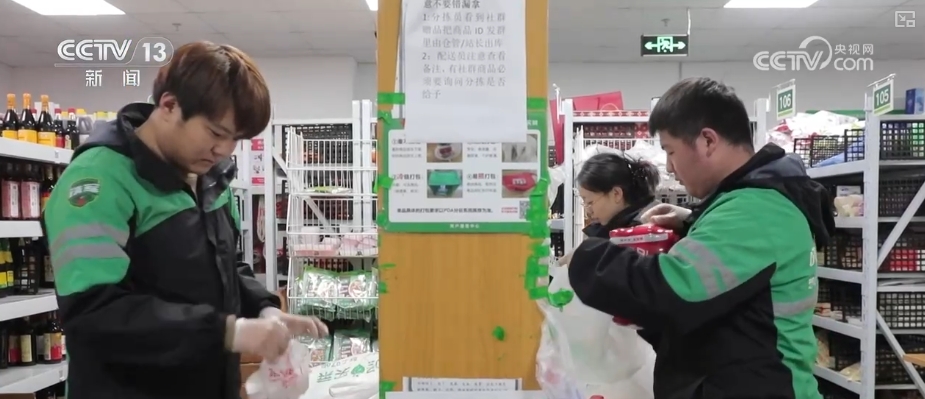
In the forward warehouse of an e-commerce fresh food supermarket in Shanghai, site deliverymen are busy selecting products. In order to meet the needs of New Year’s goods during the Spring Festival, the number of goods and delivery personnel at the site have increased.
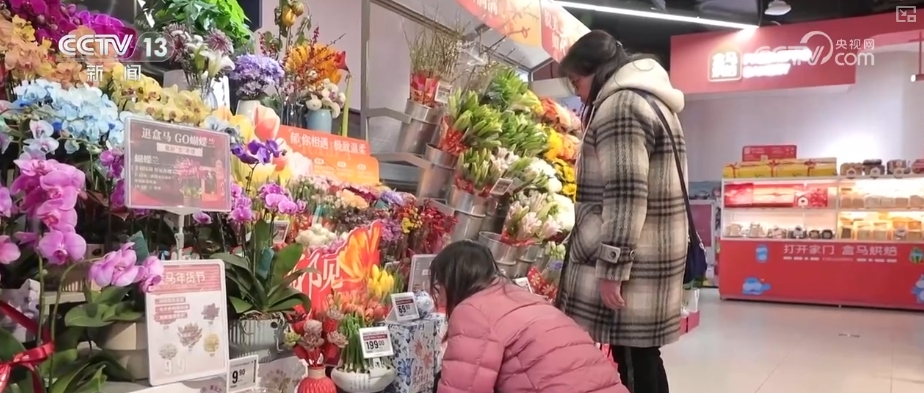

In addition to traditional New Year goods such as nut snacks and New Year flowers, imported foods such as Chilean cherries, avocados, and Iranian dates have also become very popular products in the New Year goods market in 2025.
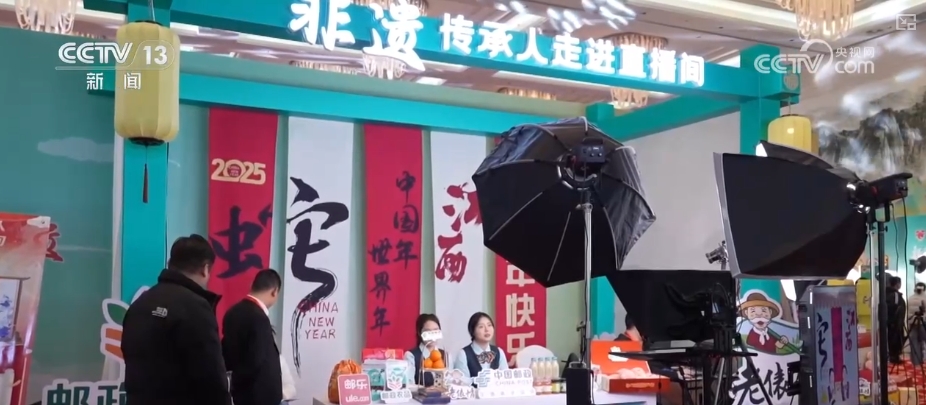
This New Year's Festival also highlights the characteristics of intangible cultural heritage elements. In Jiangxi, intangible cultural heritage inheritance and craftsmen share traditional skills and cultural stories through live broadcasts, and sell traditional handicraft products on site.
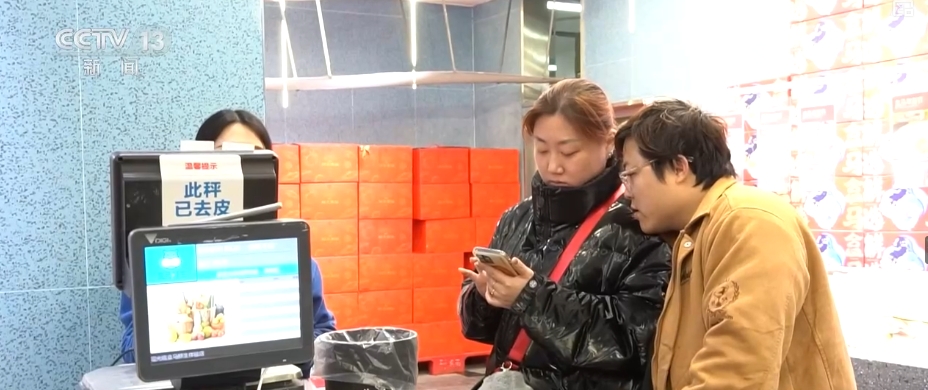
Offline popularity and online orders are busy. During the 2025 New Year’s Goods Festival, major online platforms will launch various promotional activities such as full discounts, discounts, flash sales. Some platforms have also cooperated with banks to launch payment promotions, further reducing consumers' shopping costs.

Not only that, major e-commerce platforms also carry out product selection cooperation with supply chain companies, and further broaden sales channels through the integration of online and offline methods, allowing more special products to enter thousands of households. Silk Road e-commerce renews shopping experience
The China-ASEAN Online New Year’s Festival will be held during the 2025 New Year’s Festival. Relying on its unique location advantages, Guangxi focuses on the special products of ASEAN countries to achieve "buy ASEAN and sell the whole country".
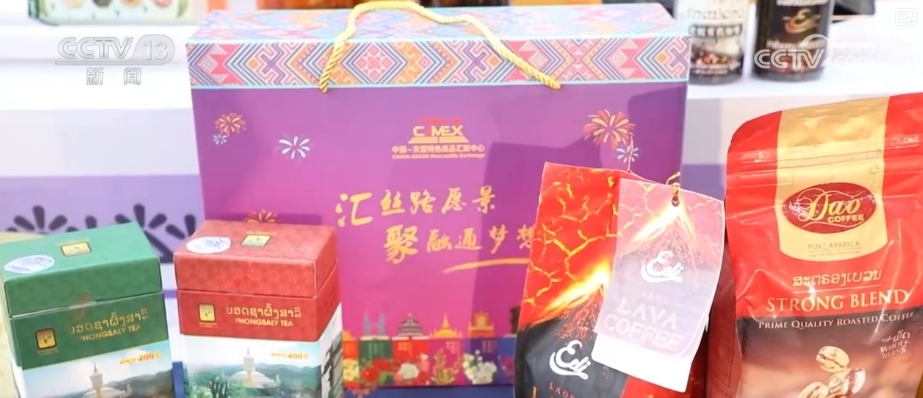
In the online mall of the China-ASEAN specialty product gathering center located in Nanning, Guangxi, frozen durian from Malaysia, lemongrass essential oil from Indonesia, and Bak Kut Teh soup buns from Singapore quickly made it to the best-selling list. In order to meet consumers' diverse shopping needs, Huiji Center has built a "one-stop" first choice platform for online and offline economic and trade exchanges between China and ASEAN and other countries in RCEP through a combination of "online digital platform + offline exhibition hall immersive experience".
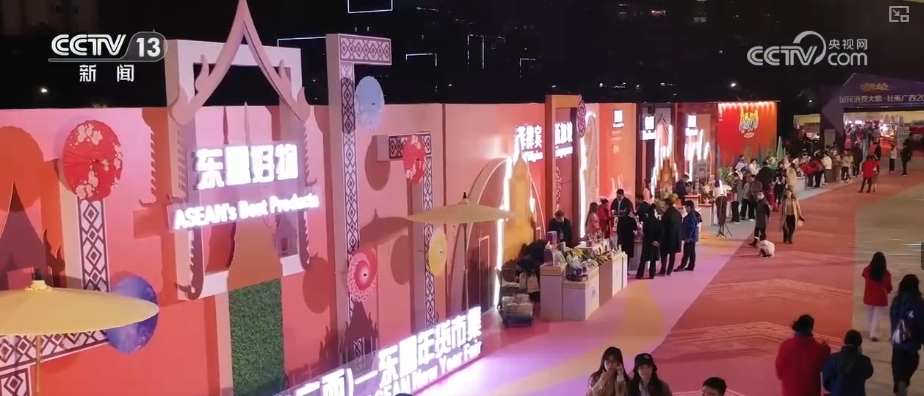
At present, it is the peak season for festival promotions. Guangxi links institutions in 10 ASEAN countries in China to hold the New Silk Road New Year's E-commerce Festival and the China (Guangxi)-ASEAN Trade Market to prepare for the happy welcome to the new consumption season, hold the boutique New Year's goods festival, and issue New Year series of consumption coupons such as supermarkets, travel, accommodation, and catering to continue to stimulate consumption demand.
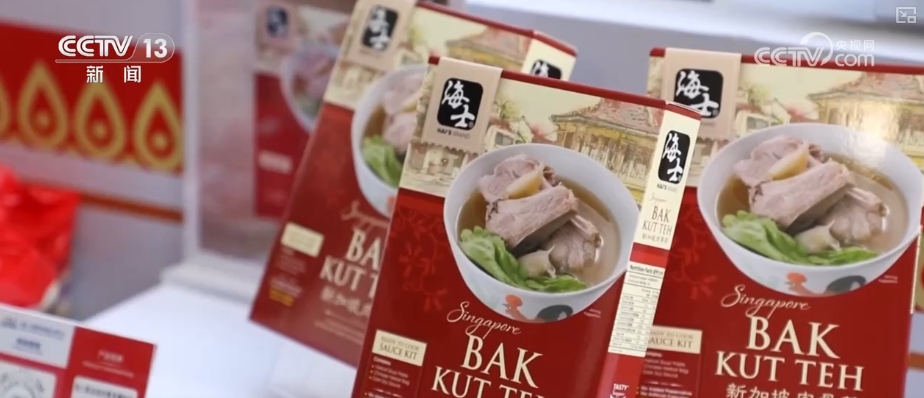
Guangxi will also hold the China-Vietnam Border New Year Festival from January 18 to February 5, exploring the cooperation potential of China-Vietnam products through cross-border e-commerce live broadcast of China-Vietnam products. The combination of old-for-new discounts stimulates consumption vitality before the holiday
Recently, the policy of increasing the expansion of consumer goods with old-for-new products has been introduced. All regions are continuing the old-for-new policy in 2024 and preparing a new round of greater subsidy activities. The superposition of various discounts further stimulates the vitality of the pre-holiday consumer market.
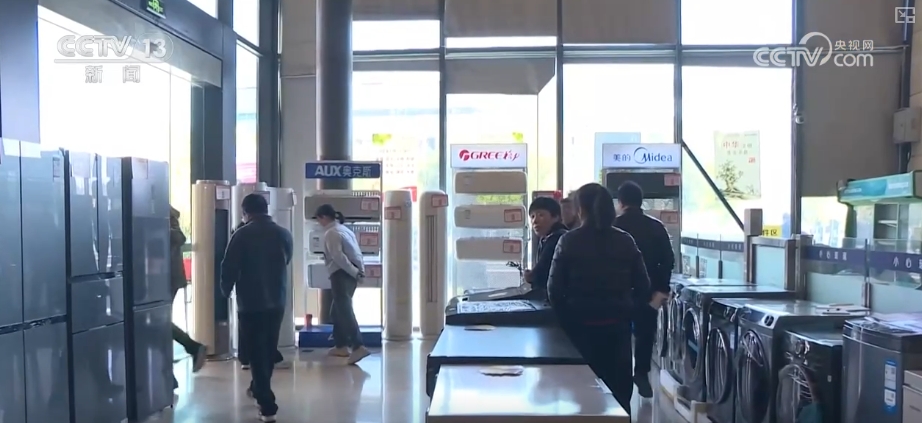
Early in the morning, the New Year's Festival in Changxing, Zhejiang attracted a large number of citizens who came to buy home appliances. Some were carefully checking the product performance, while others were consulting sales staff for prices. In addition to the national subsidy for old-for-new, merchants also provide a variety of discount activities.
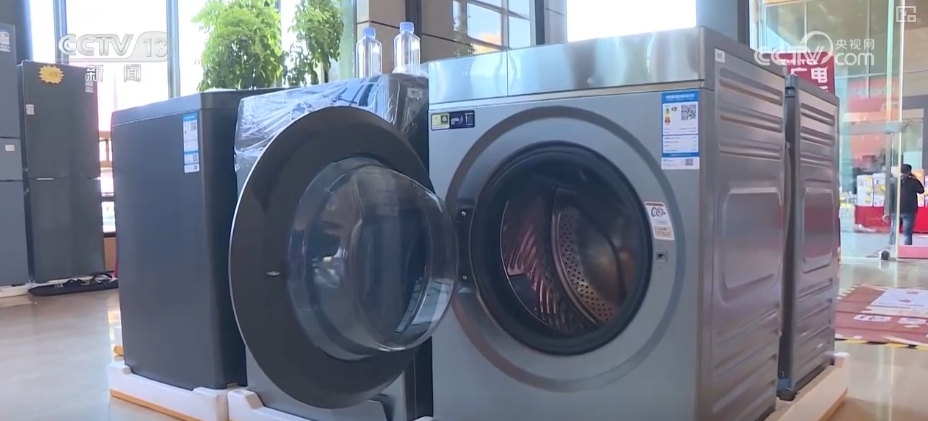
Not only the cheaper prices, but the product categories are also very rich. A series of new products such as super-large-diameter washing machines and 3D face recognition smart door locks meet the diverse consumer needs of citizens.

In addition to the hot home appliance market, automobile consumption has also shown a steady growth trend driven by the old-for-new policy. In a car city in Shangrao City, Jiangxi Province, there are endless consumers coming to buy new cars before the New Year. Mr. Song, a citizen, has a fuel car that has been driving for more than ten years. He heard that there were new preferential policies for car purchases, so he decided to change to a new energy vehicle.
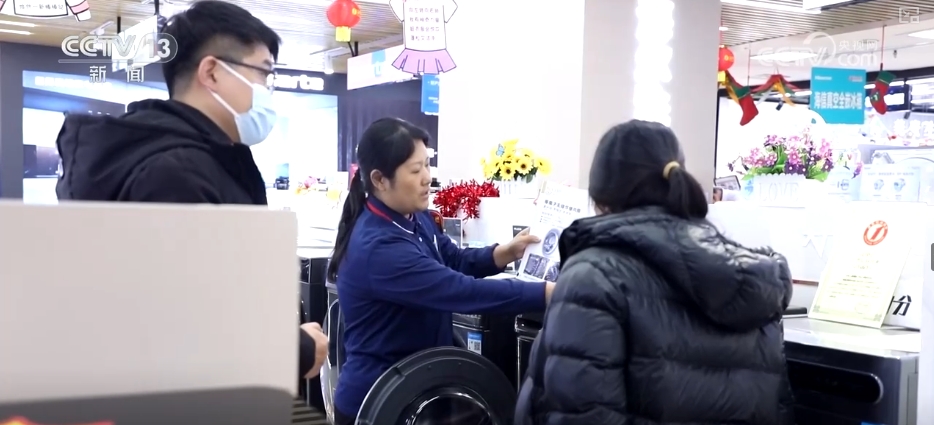
In 2024, the old-for-new policy achieved positive results. Data from the Ministry of Commerce shows that in terms of home appliances, as of December 31, 2024, more than 36 million consumers purchased more than 56 million units of eight major home appliance products, driving sales of more than 240 billion yuan, of which the sales of first-level energy efficiency products reached more than 90%.

In terms of automobiles, in 2024, more than 2.9 million cars were scrapped and updated, and more than 3.7 million units were replaced and updated, driving car sales of more than 920 billion yuan. With the implementation of the after-strengthening policy, the potential of the consumer market will be further released.